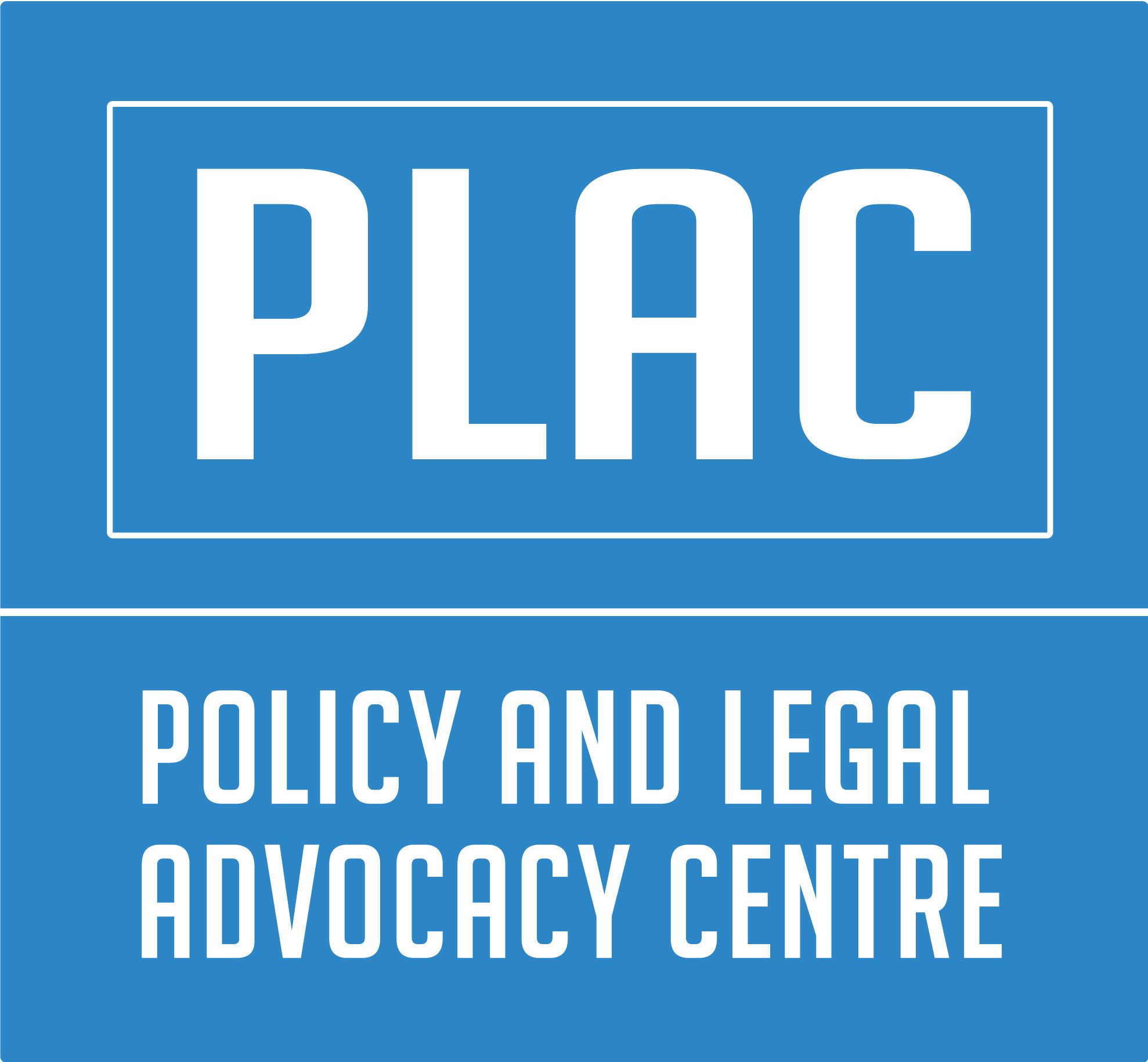The National Assembly has passed the 2017 budget. The 2017 Appropriation Bill of 7,441, 175,486,758 (Seven Trillion, Four Hundred and Forty-One Billion, One Hundred and Seventy-Five Million, Four Hundred and Eighty -Six Thousand, Seven Hundred and Fifty-Eight Naira) represents a N143 billion increase from the 7, 298,507,709,937 (Seven Trillion, Two Hundred and Ninety-Eight Billion, Five Hundred and Seven Million, Seven Hundred and Nine Thousand, Nine Hundred and Thirty Seven Naira) that was laid by President Buhari in December, 2016.
The budget is premised on an oil benchmark price of crude oil of N44.50, 2.2 million barrels per day and an exchange rate of N305 per dollar as considered and approved in the Medium Term Expenditure Framework (MTEF). The National Assembly’s increase in the oil benchmark from the initial N42.50 submitted in the Executive’s proposal due to the slight improvement in global demand for crude oil. However, this optimism must be gauged carefully as a recent Organisation of Exporting Petroleum Countries (OPEC) oil market report for April put Nigeria’s current oil production at 1.484 barrels per day . Nevertheless, current forecasts put oil benchmark price for around $52.50 for most of 2017 .
There are also noteworthy observations. For instance, the N143 billion increase in the 2017 budget by the National Assembly is a departure from the 2016 budget where the National Assembly had reduced the President’s budget of N6.08 trillion to N6.06trillion. However, like its predecessor, the 2017 budget has suffered from late passage, which may run into the 2018 fiscal year.
The 2017 budget also recorded many firsts. For instance, at its passage in the Senate, lawmakers were quick to point that it was the first time that the budget was passed with its details (despite clear provisions in the Fiscal Responsibility Act, 2007). It is also the first time that the National Assembly is providing a breakdown of its budget rather than its customary single line item and enabling its immediate accessibility publicly. The House of Representatives has also mentioned that it took the additional measure of securing the signature of two third of members to guarantee the integrity of the budget and prevent a repetition of the debacle of the “budget padding” saga that enveloped the 2016 budget. Furthermore, it is the first time that a public hearing was held on the 2017 budget providing room for informed sectorial input and the participation and inclusion of all Nigerians.
Highlights of the passed budget include a statutory transfer (stipulated by law to be disbursed before distribution to Ministries, Departments and Agencies) of 436,412,950,249, debt service (money required to make payments on principal and interest paying loan/principal of maturing bonds) of N1, 841,345,727, 206, recurrent expenditure (for the payment of overheads, salaries and miscellaneous expenses) of 2,987,550,033,036 and capital expenditure (for the upgrade, improvement to extend the life of long term assets) of N2,177,866,775,867.
The top three highest allocations under its recurrent (non-debt) expenditure are to the Federal Ministry of Interior (N472, 597,817,561), Federal Ministry of Education (N398, 686,819,418) and special intervention (recurrent) of N350,000,000. The top three allocations for capital expenditure went to the Federal Ministry of Power, Works and Housing (N553, 713, 857,113), Federal Ministry of Transportation (N241, 709,000,000) & Ministry of Defence with N139, 294,920,350. Other noteworthy allocations include the recurrent expenditure of N1, 466,534,201 to the Federal Ministry of Women Affairs, N330,543,309,223 to Ministry of Defence and the Presidential amnesty programme of N76, 700,000,000. The sum of N150,000,000 was also allocated to Capital in Federal Government of Nigeria Special Intervention under capital expenditure.
However, there is still much room for improvement in subsequent budget presentation. For instance, in addition to early budget preparation by the executive and quicker passage by the National Assembly, Nigeria’s growing fiscal deficit of N2, 356,773,720,940 and 2.18% deficit to GDP must be curbed, unless Nigeria intends to return back to its heavy debt period pre-2005. Secondly, the Executive must be encouraged to comply with 21(3) of the Fiscal Responsibility Act, 2007 to submit the budget of statutory corporations with the draft Appropriation Bill submitted to the National Assembly. 36 Statutory corporations were omitted from the 2017 Appropriation Bill meaning that the total figure of the budget is higher than what has been passed by the National Assembly. In addition to this the issue of budget implementation particularly as the budget is expected to lift Nigeria out of recession.
http://www.opec.org/opec_web/static_files_project/media/downloads/publications/OPEC%20MOMR%20May%202017.pdf
https://www.eia.gov/outlooks/steo/report/prices.cfm
